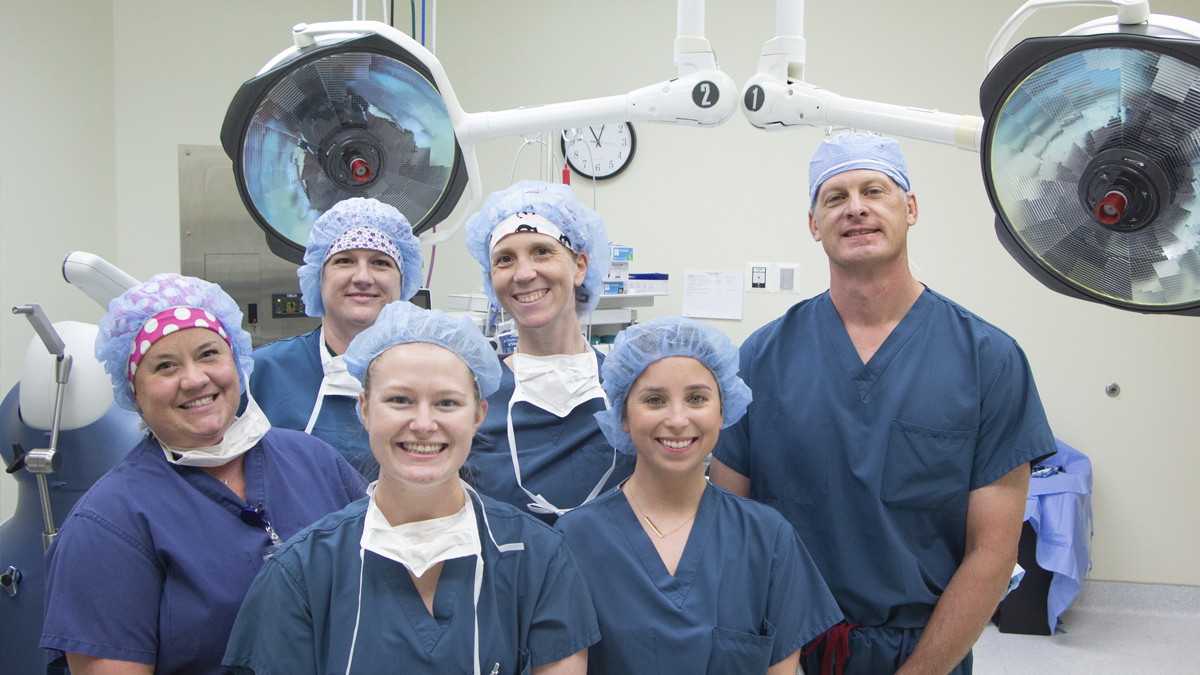Imagine you are recently post-surgery and are in need of a physical therapist to help you continue on the road to recovery. In the past, the expected course of care would involve a series of trips to the physical therapist’s location – after all, physical therapy is inherently a physical encounter. The therapist or staff manipulates the affected area and often uses a series of props or machines in the process. In the era of the coronavirus, however, it’s understandable to be apprehensive to venture out, but postponing or declining physical therapy could lead to more problems.
Enter telemedicine, a concept that was rare in physical therapy pre-COVID-19, mainly due to insurance barriers and a general skepticism that such a handson treatment would even be utilized by patients. As more social distancing and quarantine regulations funneled down the pipeline and in-person visits tapered, insurance companies and the general public quickly warmed up to the concept as an option for physical therapy.
“In the midst of the bad things about the pandemic, there are some good things that come from it,” grinned Sasa Martinovic, director of physical therapy at Palmetto Advanced Therapy Services.
In the initial days that it became a viable option, insurance regulations were changing daily and translating physical contact across technologies presented some challenges, but Martinovic credited the adaptive nature of physical therapy for finding ways to continue helping patients heal.
“We, as therapists, have to be creative with everything we do on a regular basis; not every patient presents with the same signs, obstacles or level of ability, so we did the same with telehealth.”
A range of physical therapy treatments can be accomplished via telemedicine.
“We can do anything – range of motion, assess the way a patient moves, their posture, strengthening, self-mobilizations. Even if they come to us in a clinic, we almost always give them exercises to do at home,” he continued.
Common equipment that a patient may need, such as weights or elastic bands, can easily be ordered online.
Martinovic has noted that more than half of his telehealth patients are office workers, now telecommuting, who have developed spinal problems.
“Home furniture is not designed to be posture-friendly; people are working from their recliners with laptops in their laps or at the kitchen table in a makeshift work area – these are things that contribute to lower back pain and thoracic pain,” he explained. “Generally speaking, for the spine issues, if you catch it within the first week of problems, there is a better outcome. It may become harder to treat if you let it go for months.”
There are still limitations that require certain patients to come in for treatment in the interest of safety – for example, high-level stroke patients, patients with particular neurological issues and any patient with issues walking or frequent falls.
Ultimately, while physical therapy is not a cookie cutter practice, telemedicine is providing new opportunities for many patients to receive the treatments they need so they can get moving.
For more information on Palmetto Advanced Therapy Services, visit www.palmettoadvancedtherapy.com.
By Anne Toole






